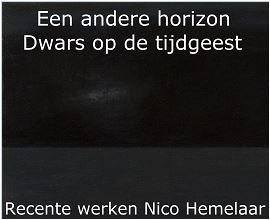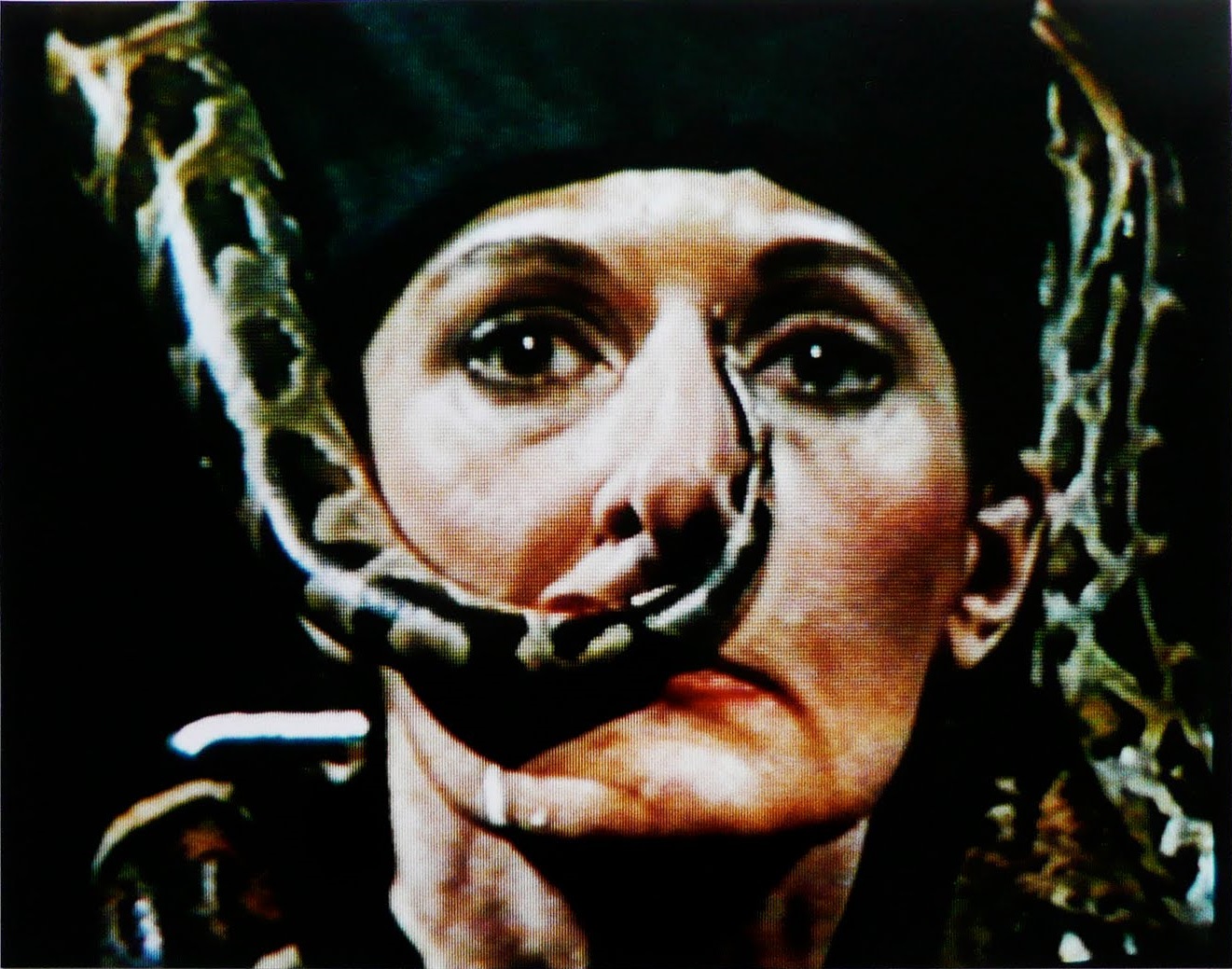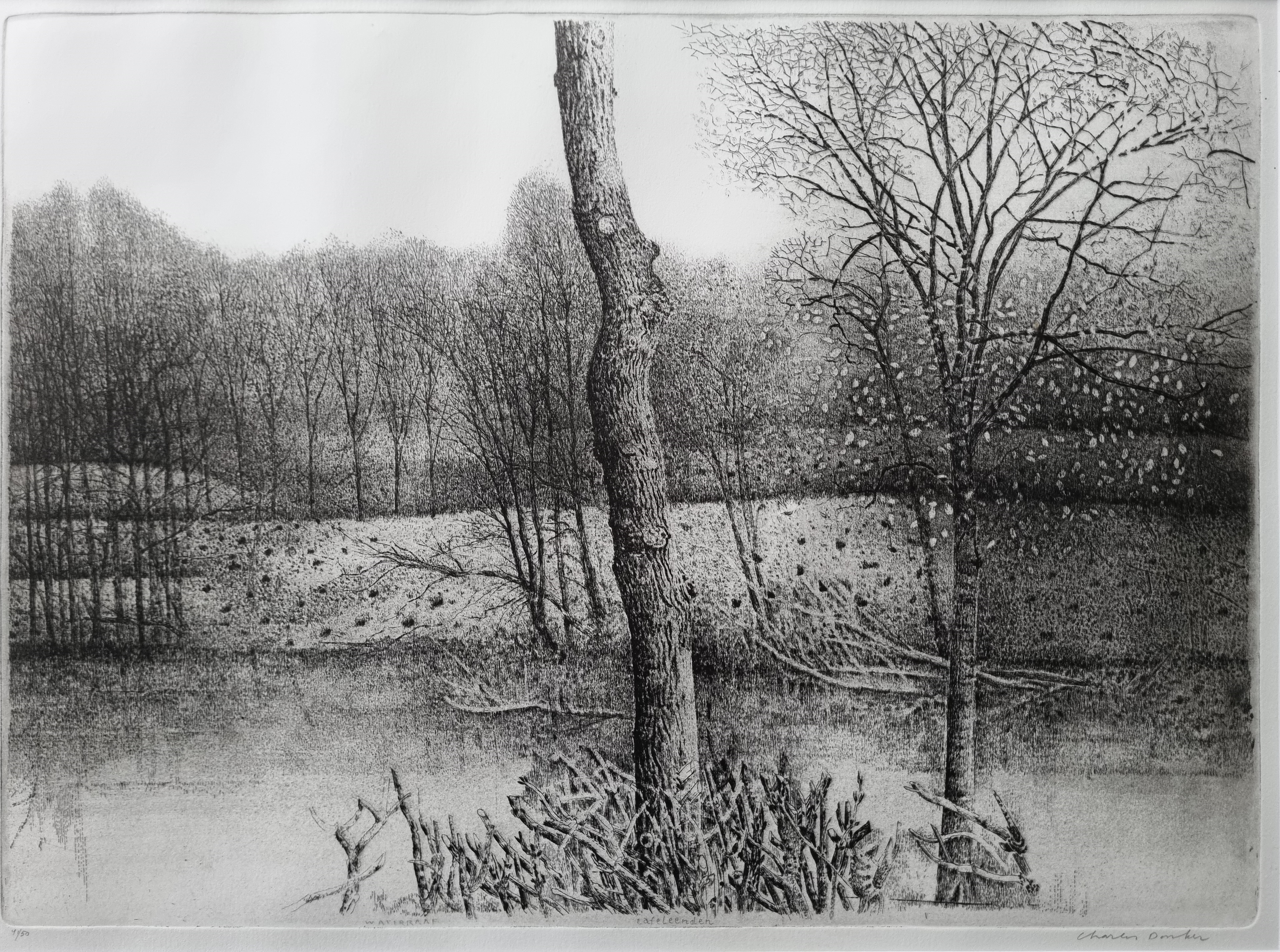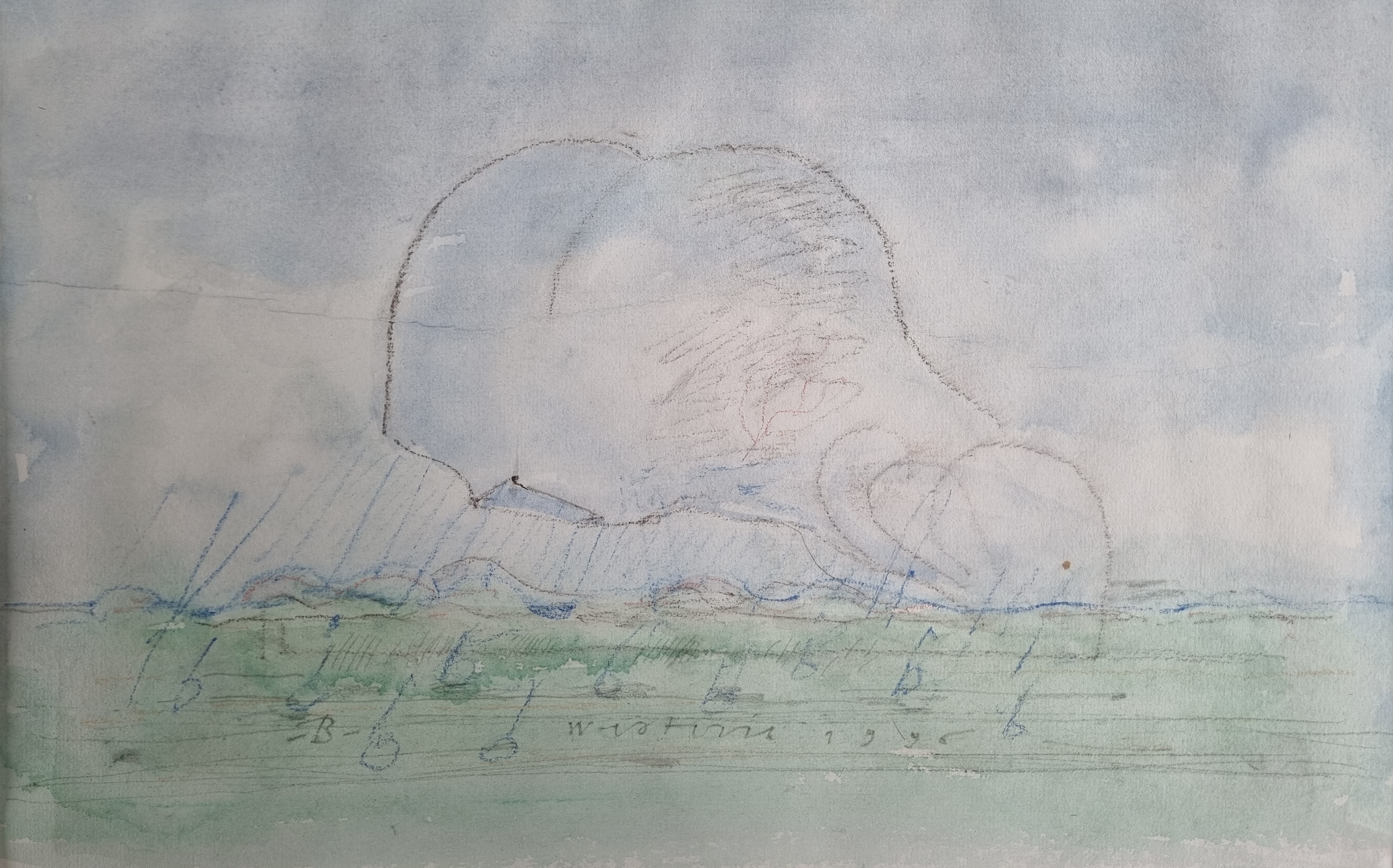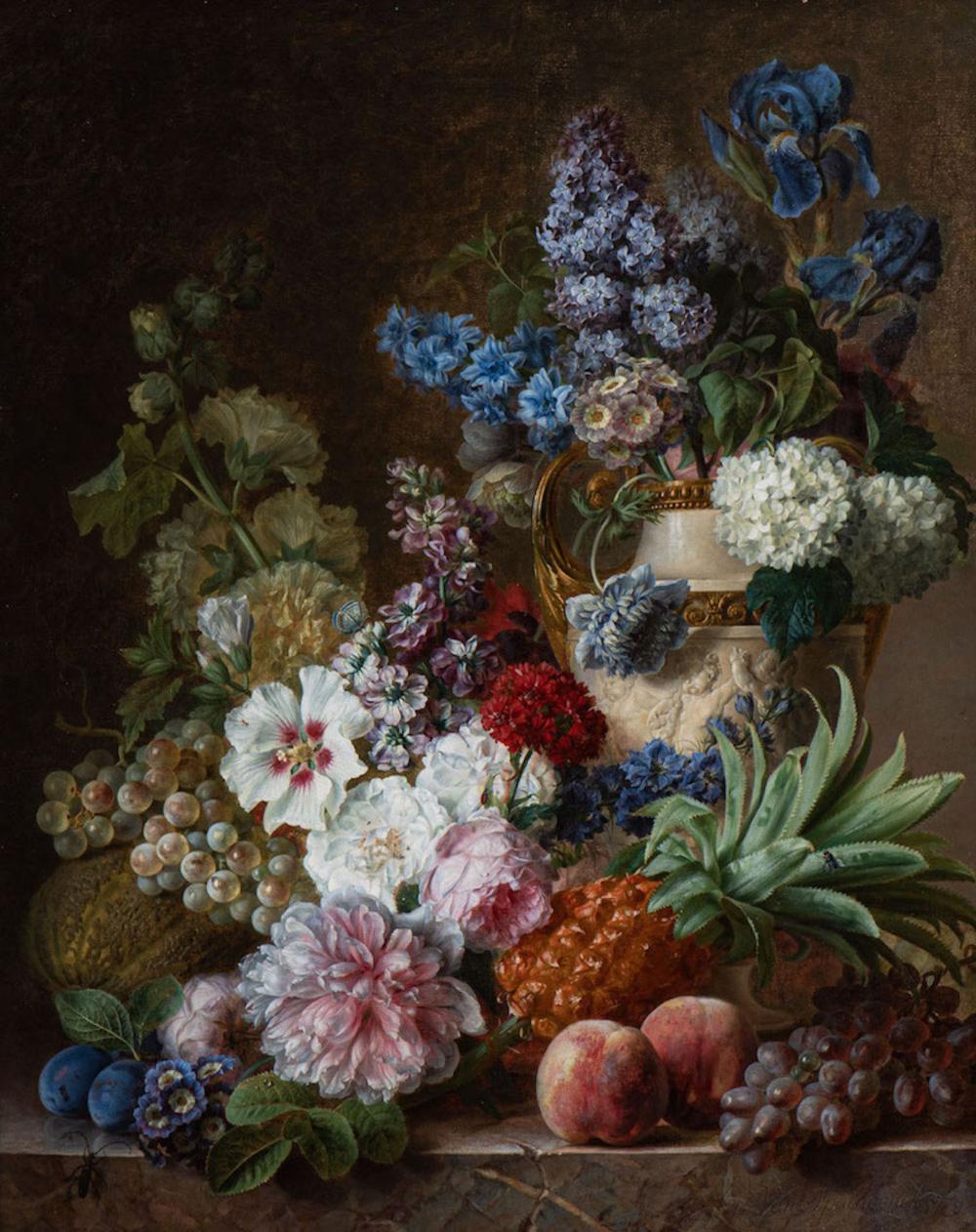
Beschrijving
Signed and dated 'G: Van Spaendonck. 1779.' (lower right), frame size 105 x 89 cm.
Condition Report
Relined (wax), stabilised craquelure throughout, varnish yellowed with some tiny spots of surface grime in places, overall in good condition. Framed in a gilded frame.
Exhibited
Paris, Salon du Louvre, 1779, no. 154, as: 'Differents fleurs dans un vase de marbre blanc, mélées avec des fruits comme ananas, pêches, raisins, etc.'.
Tilburg, Kunstzaal Donders, Het Stilleven : 17e eeuw tot heden, 13 - 28 December 1947, no. 18 of 19.
Tilburg, Paleis Raadhuis, Oude kunst in Brabants bezit, 31 July - 19 September 1948, no. 63.
Amsterdam, Museum Willet-Holthuysen, Boeket in Willet : Nederlandse bloemstillevens in de achttiende en eerste helft van de negentiende eeuw, 29 May - 9 August 1970, no. 35.
Literature
Segal, S. & van Boven M., Gerard en Cornelis van Spaendonck: Twee Brabantse bloemschilders in Parijs, Maarssen 1980, pp. 4, 99 & 100, no. 3.
Provenance
Sale of F.J.E. Horstmann, Oud Clingendael Castle, Wassenaar, Frederik Müller, 19 November 1929, lot 47.
Collection E.A.M. van Spaendonck-Mutsaers, Tilburg, 1948.
Collection N. van Spaendonck van Spaendonck, Tilburg, 1959.
Kunsthandel H. Nijstad, Lochem, 1967.
Douwes Fine Art, Amsterdam, 1987.
Besselaar Collection, Princeton/The Hague.
Acquired from the above by the family of the present owner in 2009.
Notes
Gerard van Spaendonck, born in 1746 in Tilburg, moved to France after completing his 6 years long apprenticeship at the studio of Willem Jacob Herreyns in 1769. In 1783 one of his still lifes presented at the French Salon received excellent reviews with a focus on his meticulous depictions of insects. Only one year later, Van Spaendonck was appointed the botanical miniature painter at the court of King Louis XVI. In 1793 he was promoted to the position of 'professeur d'Iconographie naturelle' at the 'Musée d'Histoire Naturelle'. He then started working on so-called vellums, in other words, botanical studies in gouache and watercolour on a particular kind of parchment paper. Due to his devotion to his academic work, van Spaendonck did not make a great number of paintings which makes his works in oil very rare and highly desired.
This marvellous still life is a lavish flower arrangement combined with exotic fruit such as pineapple, peach and melon laid on a marble ledge. The flowers include peonies, cabbage roses, hyacinths, irises, anemones and many more. Besides the evident sharpness of details when it comes to the rendition of flowers, Van Spaendonck surprises the beholder with strikingly accurate representations of insects. Is it only the artist's trained eye or does the composition allude to the motif of Memento Mori which would make this still life a vanitas? The blooming flowers remind us of the ephemerality of life, highlighted by the central crack in the marble top and the insects which symbolise decay.
As Segal and Van Boven (1980) mention, there is a chance that this piece also appeared at the Salon of 1781 as no. 156a, at least based on the measurements and the accompanying description. This would then be the piece with which Gerard van Spaendonck entered the Royal Academy in 1781. In 1783, however, another piece of the same dimensions was shown at the Salon.
Still life with flowers, fruit and a vase on a marble ledge (1779)
Spaendonck, Gerard Van
(Tilburg, 22 maart 1746
-
Paris,
11 mei 1822)
Details
- Databanknummer:
- 90711
- Lotnummer:
- -
- Advertentietype
- Archief
- Instelling:
- Adams Amsterdam Auctions BV.
- Veilingdatum:
- -
- Veilingnummer:
- -
- Stad
- -
- Limietprijs
- -
- Aankoopprijs
- -
- Verkoopprijs
- -
- Hamerprijs
- -
- Status
- Verkocht
Technische details
- Kunstvorm:
- Schilder- en Tekenkunst
- Technieken:
- Olieverf
- Dragers:
- Doek
- Lengte:
- 80 cm
- Breedte:
- 64 cm
- Hoogte:
- -
- Oplage:
- -
Beschrijving
Signed and dated 'G: Van Spaendonck. 1779.' (lower right), frame size 105 x 89 cm.
Condition Report
Relined (wax), stabilised craquelure throughout, varnish yellowed with some tiny spots of surface grime in places, overall in good condition. Framed in a gilded frame.
Exhibited
Paris, Salon du Louvre, 1779, no. 154, as: 'Differents fleurs dans un vase de marbre blanc, mélées avec des fruits comme ananas, pêches, raisins, etc.'.
Tilburg, Kunstzaal Donders, Het Stilleven : 17e eeuw tot heden, 13 - 28 December 1947, no. 18 of 19.
Tilburg, Paleis Raadhuis, Oude kunst in Brabants bezit, 31 July - 19 September 1948, no. 63.
Amsterdam, Museum Willet-Holthuysen, Boeket in Willet : Nederlandse bloemstillevens in de achttiende en eerste helft van de negentiende eeuw, 29 May - 9 August 1970, no. 35.
Literature
Segal, S. & van Boven M., Gerard en Cornelis van Spaendonck: Twee Brabantse bloemschilders in Parijs, Maarssen 1980, pp. 4, 99 & 100, no. 3.
Provenance
Sale of F.J.E. Horstmann, Oud Clingendael Castle, Wassenaar, Frederik Müller, 19 November 1929, lot 47.
Collection E.A.M. van Spaendonck-Mutsaers, Tilburg, 1948.
Collection N. van Spaendonck van Spaendonck, Tilburg, 1959.
Kunsthandel H. Nijstad, Lochem, 1967.
Douwes Fine Art, Amsterdam, 1987.
Besselaar Collection, Princeton/The Hague.
Acquired from the above by the family of the present owner in 2009.
Notes
Gerard van Spaendonck, born in 1746 in Tilburg, moved to France after completing his 6 years long apprenticeship at the studio of Willem Jacob Herreyns in 1769. In 1783 one of his still lifes presented at the French Salon received excellent reviews with a focus on his meticulous depictions of insects. Only one year later, Van Spaendonck was appointed the botanical miniature painter at the court of King Louis XVI. In 1793 he was promoted to the position of 'professeur d'Iconographie naturelle' at the 'Musée d'Histoire Naturelle'. He then started working on so-called vellums, in other words, botanical studies in gouache and watercolour on a particular kind of parchment paper. Due to his devotion to his academic work, van Spaendonck did not make a great number of paintings which makes his works in oil very rare and highly desired.
This marvellous still life is a lavish flower arrangement combined with exotic fruit such as pineapple, peach and melon laid on a marble ledge. The flowers include peonies, cabbage roses, hyacinths, irises, anemones and many more. Besides the evident sharpness of details when it comes to the rendition of flowers, Van Spaendonck surprises the beholder with strikingly accurate representations of insects. Is it only the artist's trained eye or does the composition allude to the motif of Memento Mori which would make this still life a vanitas? The blooming flowers remind us of the ephemerality of life, highlighted by the central crack in the marble top and the insects which symbolise decay.
As Segal and Van Boven (1980) mention, there is a chance that this piece also appeared at the Salon of 1781 as no. 156a, at least based on the measurements and the accompanying description. This would then be the piece with which Gerard van Spaendonck entered the Royal Academy in 1781. In 1783, however, another piece of the same dimensions was shown at the Salon.
Aangeboden kunst
Een selectie uit ons kunstaanbod
Nico Hemelaar: Een andere horizon, dwars op de tijdgeest
Laatste weekend | Tot en met 6 juli 2025
vrijdag, zaterdag en zondag van 13.00 tot 17.00 uur


